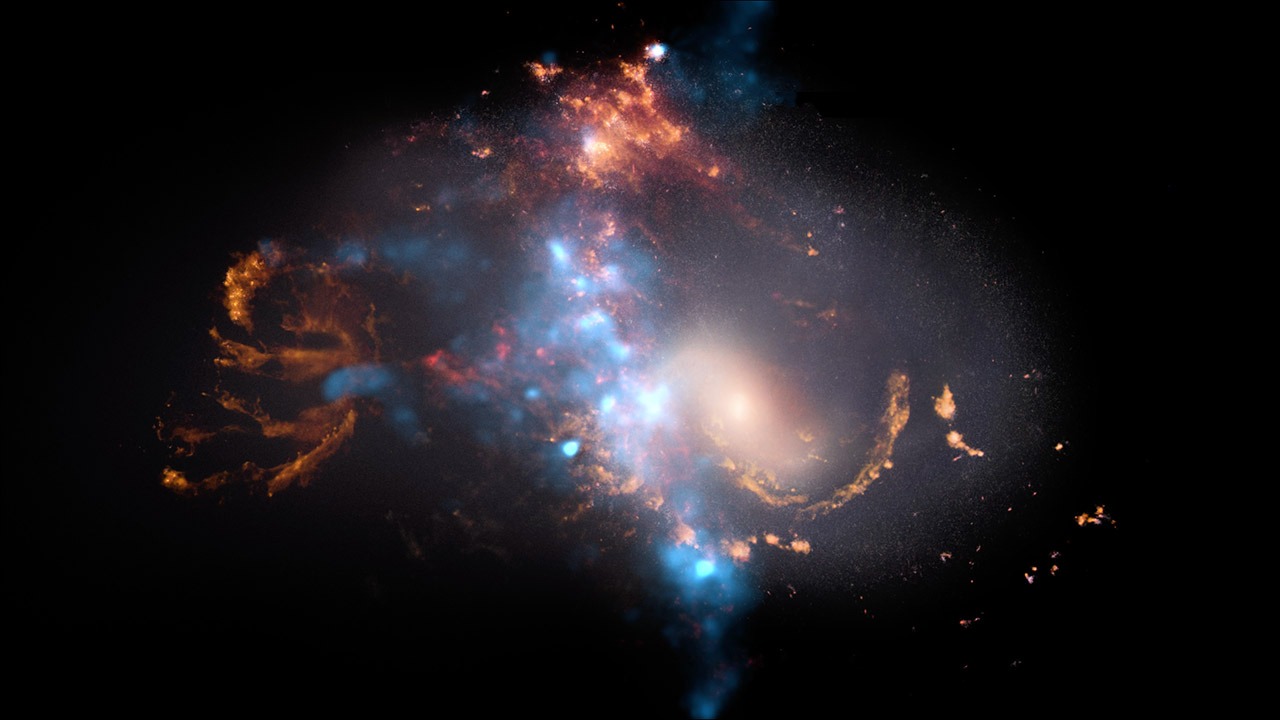One of the first targets that the James Webb Space Telescope (JWST) saw when it began scientific research last year was the Stephan’s Quintet, a group of five galaxies closely interconnected in a complex structure. Now the data from JWST has been combined with data from other telescopes to get a new look at this special object, and even create a way to listen to it. The idea is to help both scientists and the public better understand this particular group of galaxies.

The project used James Webb infrared data in combination with observational data in visible light, X-rays and other infrared data from the Hubble, Spitzer and Chandra X-ray telescopes. By combining all these different views of the same object, the researchers create a 3D image of the group, which is visualized in the video:
“Shifting from a 2D image to a 3D medium can help viewers really understand the structure of Stephan’s Quintet. Each observatory that has spent time looking at these five galaxies has enabled us to gather diverse insights and form richer stories about this complex, compact group,” said team leader, visualization scientist Frank Summers from the Space Telescope Science Institute.
In addition to visualization, another way to experience Stephan’s Quintet is sonification. This is when a visual image is taken and interpreted with the help of sound. In this case, the sound starts at the top of the image and then moves down, with the pitch higher for the bright areas and lower for the dim ones, and the galaxies are represented by changing the frequency. Different types of objects in the image also correspond to different sounds: marimba for stars and background galaxies and plates for closer, brighter stars that have diffraction peaks. The result is an audio file that captures the image in a certain way, and its various wavelengths show the features of a group of galaxies.
“This type of depiction is taking the scientific story of Stephan’s Quintet — the deep, dense, and beautiful dataset — and translating it into an auditory experience,” said study leader Kimberly Arcand of the Chandra X–ray Center.
Earlier we reported on how James Webb and Chandra joined forces to get an incredible result.
According to universe-of-learning.org
Follow us on Twitter to get the most interesting space news in time
https://twitter.com/ust_magazine

